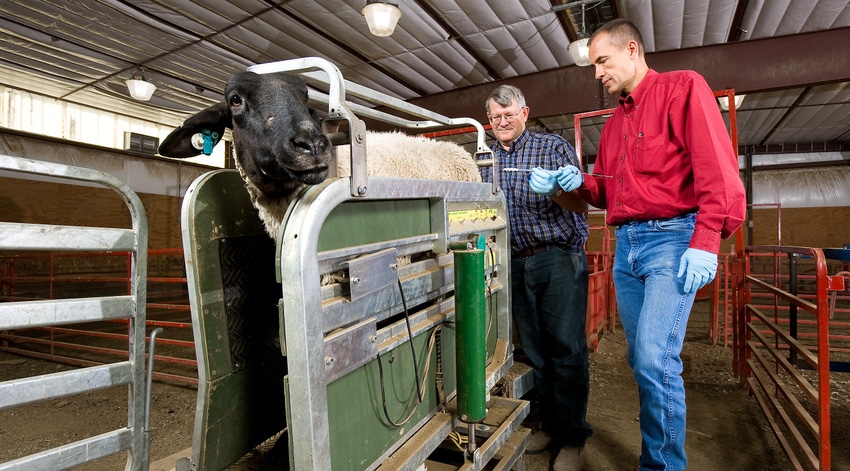
Field study results from the University of Wyoming’s four research and extension centers across the state are now available in the Wyoming Agricultural Experiment Station (WAES) 2020 Field Days Bulletin.
The free 124-page publication details research at the Laramie R&E Center, Powell R&E Center, the James C. Hageman Sustainable Agriculture Research and Extension (SAREC) near Lingle and the Sheridan R&E Center. The publication can be viewed online or downloaded here.
The WAES is the research branch of the College of Agriculture and Natural Resources.
Each research project’s background and results are compiled into two pages and lists the scientists involved and their contact information.
The wide-ranging research includes grasses, wheat, potatoes, barley, beans, sugar beets, silage, alfalfa, fertilizer and pesticide and herbicide management, among many others.
Source: University of Wyoming, which is solely responsible for the information provided and is wholly owned by the source. Informa Business Media and all its subsidiaries are not responsible for any of the content contained in this information asset.
About the Author(s)
You May Also Like




